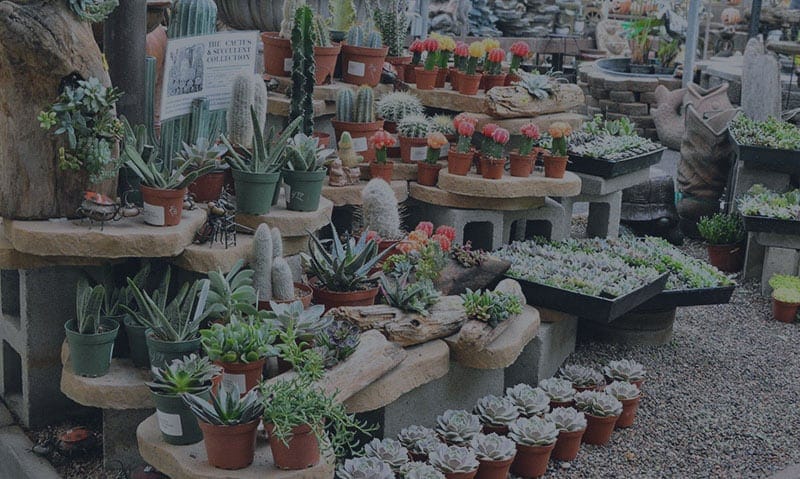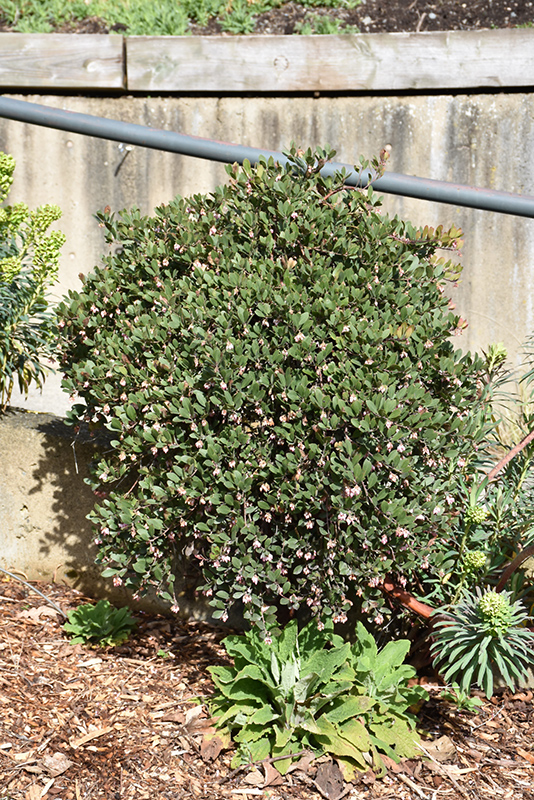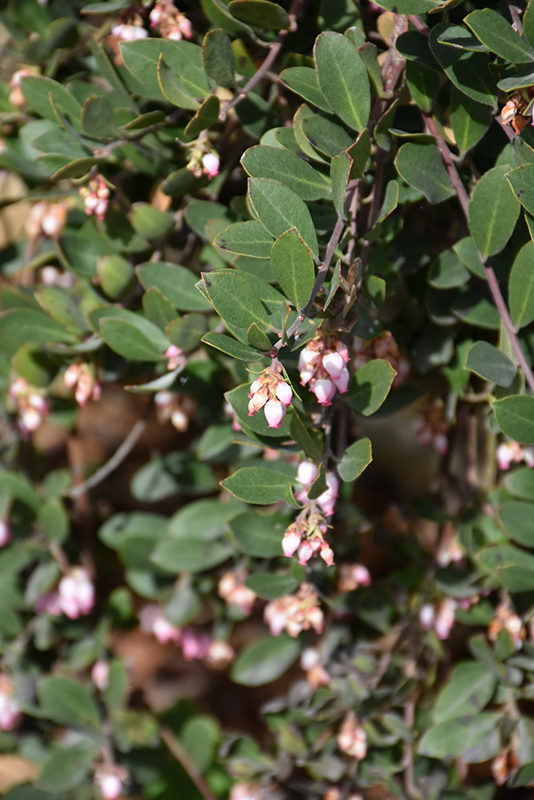Height: 5 feet
Spread: 6 feet
Sunlight:
![]()
![]()
Hardiness Zone: 6b
Other Names: Arctostaphylos uva-ursi x columbiana
Description:
A handsome densely leafed shrub that can be maintained as a groundcover or hedge; very dainty pinkish-white flowers in spring cover this fine selection; does not like alkaline soils; this is a coastal plant, protect from midday sun when planted inland
Ornamental Features
Hybrid Manzanita features dainty clusters of white bell-shaped flowers with shell pink overtones at the ends of the branches from early to mid spring. It has dark green foliage with hints of olive green which emerges coppery-bronze in spring. The oval leaves remain dark green throughout the winter. It produces dark red berries in mid fall.
Landscape Attributes
Hybrid Manzanita is a dense multi-stemmed evergreen shrub with a mounded form. Its relatively fine texture sets it apart from other landscape plants with less refined foliage.
This is a relatively low maintenance shrub, and should only be pruned after flowering to avoid removing any of the current season's flowers. It is a good choice for attracting birds, bees and butterflies to your yard. It has no significant negative characteristics.
Hybrid Manzanita is recommended for the following landscape applications;
- Accent
- Mass Planting
- Hedges/Screening
- Groundcover
Planting & Growing
Hybrid Manzanita will grow to be about 5 feet tall at maturity, with a spread of 6 feet. It tends to fill out right to the ground and therefore doesn't necessarily require facer plants in front, and is suitable for planting under power lines. It grows at a slow rate, and under ideal conditions can be expected to live for approximately 30 years.
This shrub does best in full sun to partial shade. It is very adaptable to both dry and moist growing conditions, but will not tolerate any standing water. It is considered to be drought-tolerant, and thus makes an ideal choice for xeriscaping or the moisture-conserving landscape. It is very fussy about its soil conditions and must have sandy, acidic soils to ensure success, and is subject to chlorosis (yellowing) of the foliage in alkaline soils, and is able to handle environmental salt. It is somewhat tolerant of urban pollution. This particular variety is an interspecific hybrid.



